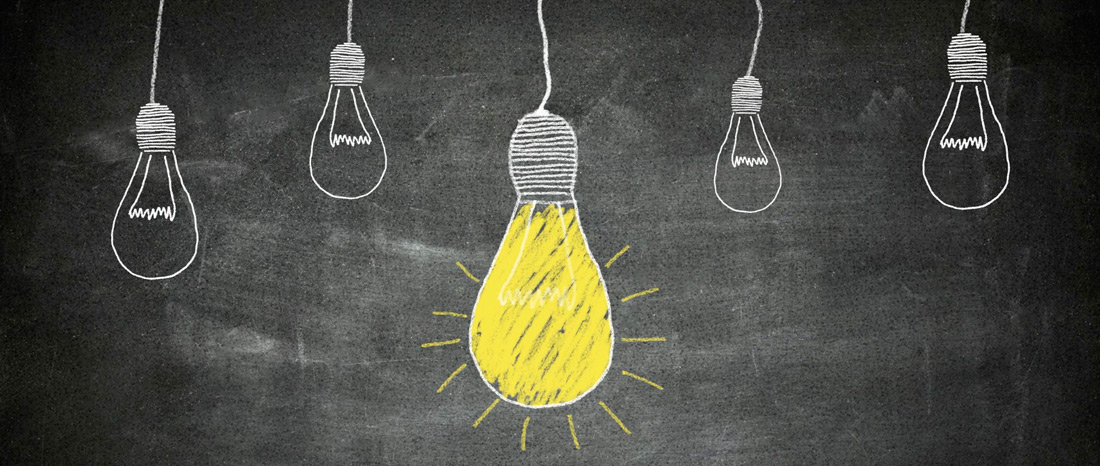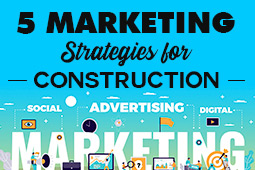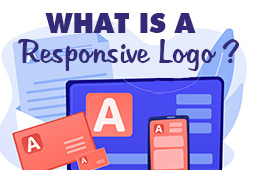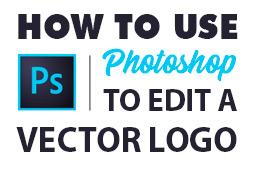Designing a logo? Sure, you might think that creating the visual representation of a brand is easy, but an eye-catching logo is more than just a circle and company name. You really need to encapsulate the meaning. Otherwise, whether you are doing the logo for your own business or designing it for a client, you’re going to be doing the business a colossal disservice. Here are 5 ways to improve your logo design so it seriously stands out amongst the millions:
1. Ask Yourself Some Questions
Do all logos have a story? Yes and no. But it is extremely important to know where the logo is originating from and why. Has the brand been around forever? Does it have a heritage? You can use that in the design of the logo by drawing elements from the when and where of the brand’s beginning.
The other reason to ask yourself some questions about logo design is to incorporate strategy into the overall look. The branding process might go beyond the logo, but both are interwoven; and so you should have the answers to some vital branding questions in front of you while developing the logo, such as:
- What makes the brand different?
- Why did the brand begin? What is the mission or goal of the brand?
- How does the brand aim to accomplish its goal?
- What are the values of the brand or company?
- What is the personality of the brand?
- Who is the target audience?
- How will my website design be branded?

2. Weave Visual Wonders
There are certain ways to make a logo that is visually appealing—and one of the best methods is to create a visual interpretation of the brand’s overall concept. For instance, you might consider a visual double entendre, where there are two icons woven into a single picture (think of the two faces or wine cup illusion). Another way is to make word and symbol art, such as using the brand’s name to develop a symbol. For example, if the word is “soccer,” you could make those letters look like a soccer ball.
3. Understand the Psychology of Color
Color is extremely integral to logo design. No one randomly chooses a color for a logo design, and if they do, they obviously aren’t thinking much about the brand. Color communicates thoughts, ideas, and beliefs. Color grabs your attention. However, color is also tricky.
Some clients have a color palette picked out. Others want grayscale. In these cases, you can make adequate use of negative space to fabricate interest and then use shading to bring the illustration to life.
But if you have freedom to play, you might want to take a look at the psycologie of colors in graphic design. While color ultimately comes down to how the individual perceives it, there has been research done of the "perceived appropriateness" of brands that asks, “Does the color fit what is being sold?” For example, red is bold, passionate and exciting. Blue is dependable, friendly and soothing. Green is used for money, wealth, and health. Purple is mysterious, royal, and rich.
Depending on the message you want to convey, color can add depth to the design.

4. Oust the Cliches
Just like clothing, there are fads in branding and logo design. While many of the ideas are pure gold, seeing a number of designers use the fad over and over again is just asking for trouble. Instead of following the same archetype of what’s “in,” why not come up with something far outside of the box?
Here are some cliches to avoid:
- Arcs/arches
- Helvetica font – if you don’t believe me, then just research the Gap logo fiasco for proof. And while on the subject of banal fonts, avoid Comic Sans, Papyrus, and similar styles at any cost.
- Random dots
- Overlapping letters
- Chat bubbles
5. Simplicity and Symmetry
The best logos are ones that are simple—because they can evolve later down the line. Case in point: the Nike Swoosh. Simple logos are powerful and have resonated with a variety of audiences throughout the world. Simple is memorable, fascinating, and oftentimes, admirable. Everyone always thinks complex and flashy is best, because you will stand out; but in reality, the best icons are the ones with simple lines and a single enticing element.

Take the Macintosh Apple. The regular apple icon without the chunk removed is normal. But once you add the “byte,” the meaning of the logo intensifies.
Another way to keep it simple but effective is to think in terms of symmetry. Using the Apple logo as an example, if you look at the curves and lines, you will start to see that there is a consistency to the circles and curvature. Want to go deeper? Have a look at the latest Twitter logo. You will be astounded by all the circles used to keep the lines in sync.
Create a website for your business
Today, every company must have a website. Many small business owners would say that they do not have the money to pay for an expensive web programming to enable them selling goods, receive payments online, accept reservations, list offerings and whatever they do for a business. An affordable solution is to start using a website builder.
Final Thoughts
No one wants a logo that sucks. Stop thinking in terms of what has been done and do something completely unique and out of left field to brand your business. Though these tips are what are awesome logo designs use to construct timeless logos for brands, it is up to you to put a creative spin on the overall design. Now that you have read these tips, you should be feeling inspired—so go and make that logo!





